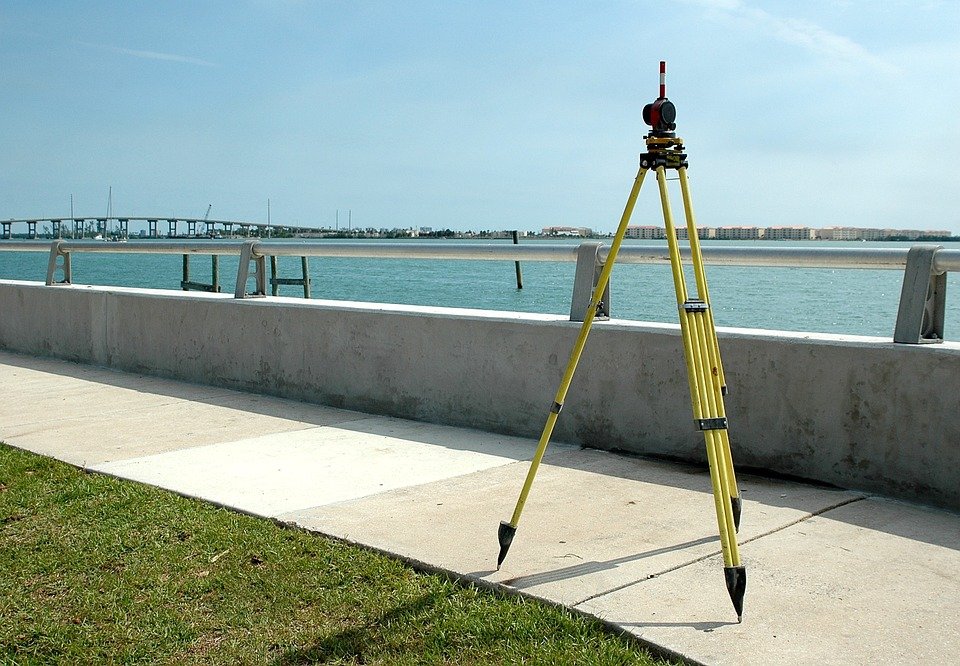[ad_1]
Exploring the Visual Power of Aerial Photography
Aerial photography has long been an important tool for capturing the beauty of the world from a different perspective. From capturing stunning landscapes to recording events, aerial photography has been used to document and explore the world in ways that are simply not possible from the ground.
Advantages of Aerial Photography
One of the main advantages of aerial photography is the ability to capture images from a unique, elevated viewpoint. This allows photographers to capture images that are not possible from the ground, revealing patterns and details that would otherwise be hidden from view. Aerial photography can also be used to show the scale of large areas or objects that are difficult to capture from ground level, making it an ideal tool for surveying and mapping.
Aerial photography also has a number of practical applications. For example, it can be used to assess the condition of buildings and other structures, or to monitor changes in land use over time. Aerial photography can also be used in the military, to help with reconnaissance and surveillance operations.
Types of Aerial Photography
There are a number of different types of aerial photography, each with its own advantages and disadvantages. The most common types are conventional aerial photography, oblique aerial photography, and high-altitude aerial photography.
Conventional aerial photography is the most common type of aerial photography and involves taking photographs from a specific altitude. This type of photography is often used for surveying and mapping as it provides a clear view of the area being photographed.
Oblique aerial photography involves taking photographs at an angle, rather than from directly above. This type of photography is often used to capture the details of a particular area or object, such as buildings or landscapes.
High-altitude aerial photography is used to capture images from a much greater height than conventional or oblique aerial photography. This type of photography is often used for surveillance and reconnaissance operations, as it provides a clear view of an area from a great distance.
Equipment and Techniques
Aerial photography requires specialised equipment and techniques in order to capture quality images. The most common type of equipment used for aerial photography is an aerial camera, which is mounted to a fixed-wing aircraft or a drone. The camera is typically controlled remotely, allowing the photographer to adjust the position and angle of the camera while the aircraft is in flight.
Aerial photography also requires the use of different techniques in order to capture the best possible images. For example, photographers must take into account the light conditions when planning a shoot, as different times of day can make a big difference to the quality of the images. Photographers must also consider the angle of the camera, as this will affect the amount of detail that can be seen in the images.
Conclusion
Aerial photography is a powerful tool that has a wide range of applications, from capturing stunning landscapes to surveying land use. There are a number of different types of aerial photography, each with its own advantages and disadvantages. Aerial photography also requires specialised equipment and techniques in order to capture the best possible images. With the right equipment and techniques, aerial photography can be used to capture the world in ways that cannot be seen from ground level.
[ad_2]


